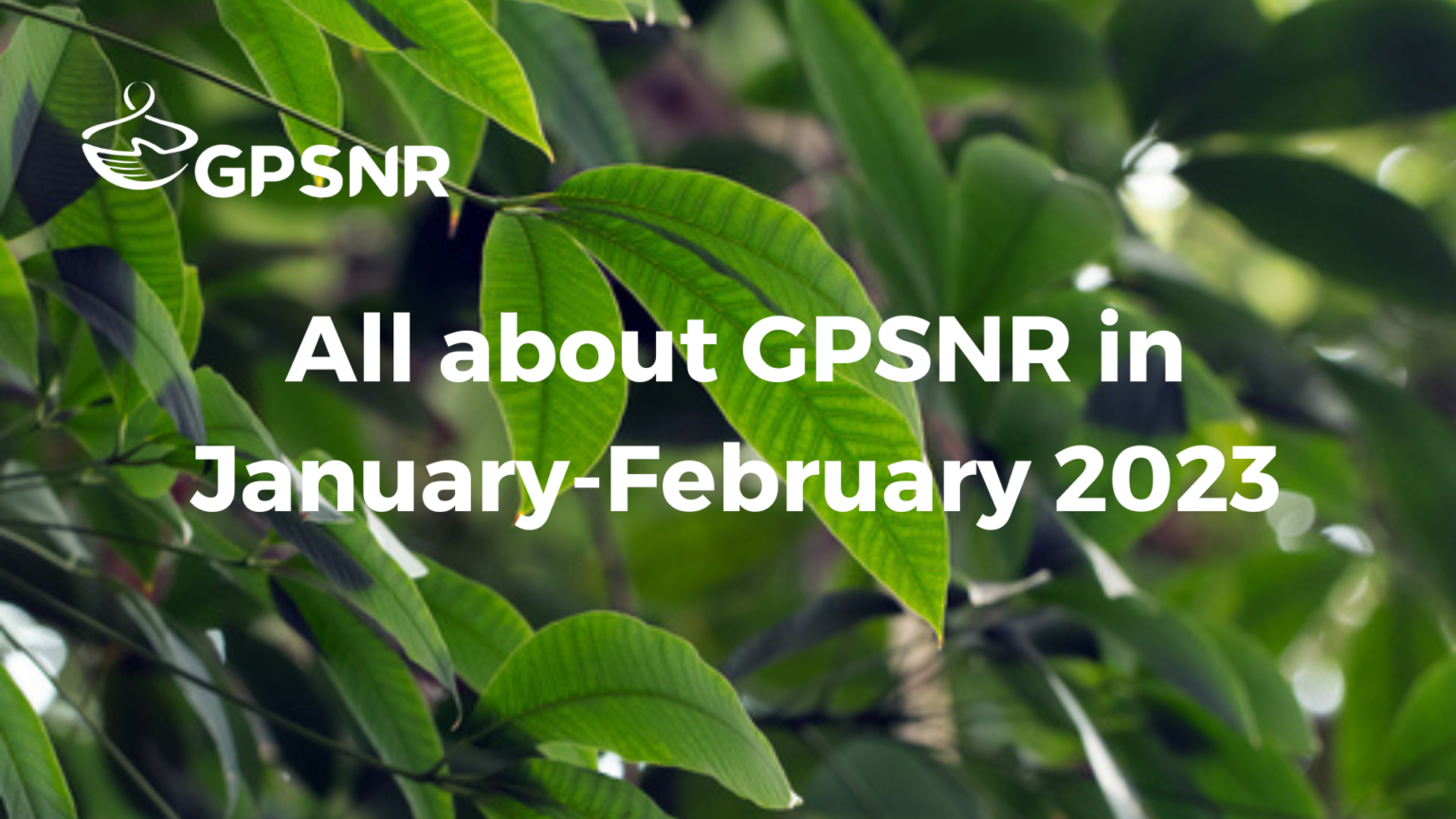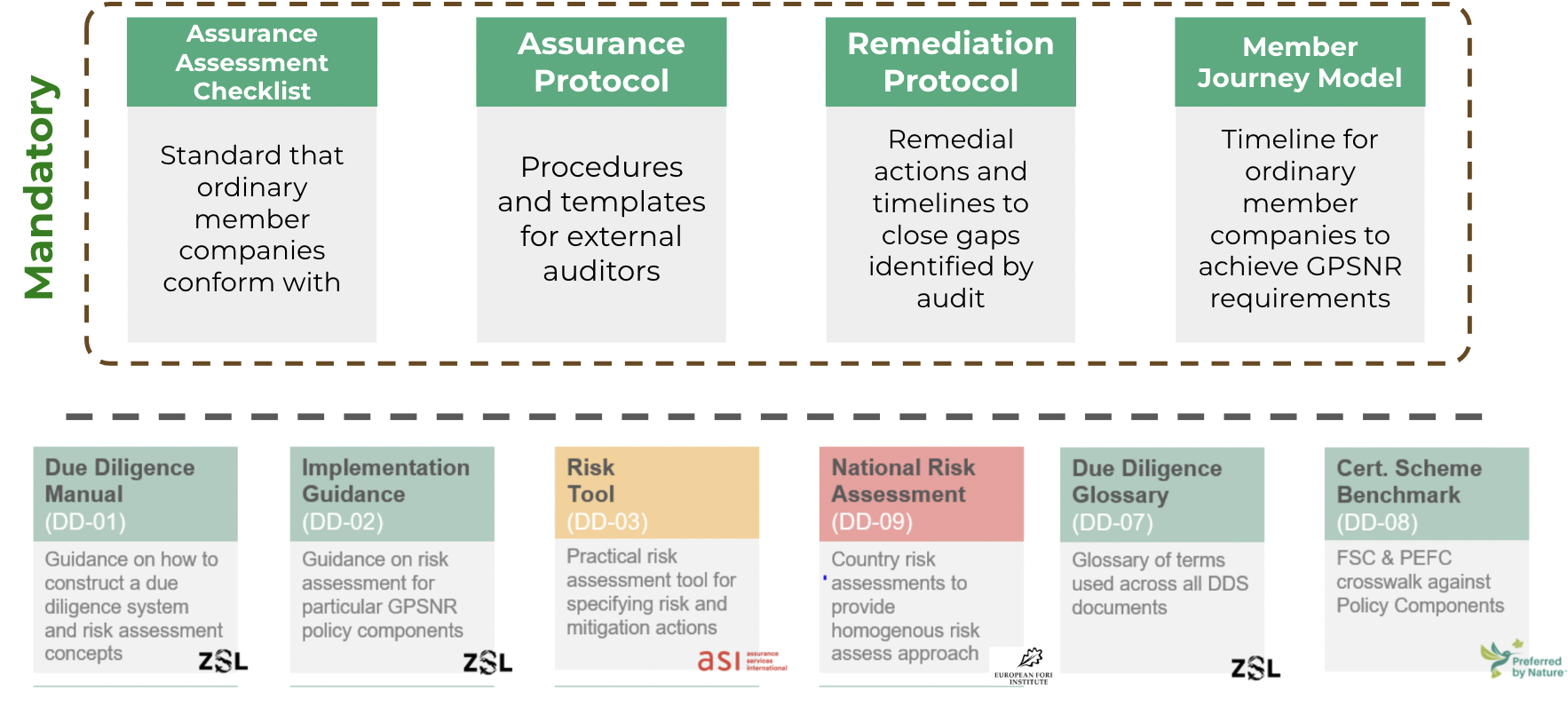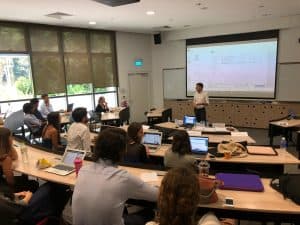The strategy and objectives working group
Both the subworking groups under the umbrella of the Strategy and Objectives WG are occupied with some critical milestones. The Risk Subgroup would soon be receiving the final draft for the risk assessment framework by ASI, which it will fine-tune based on the feedback received during the meetings in Singapore and online at the end of January. They are also kickstarting the traceability field trials in Indonesia and Thailand, for which they will soon start evaluating proposals, while hosting some members webinars on different traceability tools available in the market.
On the other hand, the Assurance Model taskforce is streamlining the category specific KPIs along with the members journey/assurance model blueprint that was finalised during the latest hybrid meetings. You can find more context in the minutes here or reach out for questions on info@gpsnr.org.
The smallholder representation working group:
Along with the work on the smallholder policy equivalent for which the WG has already sent out an all-member survey and initiating the HCSA-HCVN NR Smallholder Toolkit Field Trials, they are preparing for the decided merger with the capacity building working group. More details on how this will play out can be found here.
The policy toolbox working group:
The group is working on a tender to Crosswalk RR framework with CDP Forest and GRI Reporting, while aligning with the Assurance Model taskforce on the KPI on due diligence.
The capacity building working group:
The group is overseeing the pilot agroforestry project in Thailand that kicked off last December, as well as ongoing GAP coaching and disease fighting projects in Indonesia. The group is also working with the newly appointed consultants at Koltiva for the pilot Knowledge Sharing Platform for smallholders. Along with working with the smallholder representation working group on the merger, they continue their tasks of overseeing existing field projects, seeking members’ funding for projects in Côte d’Ivoire and Indonesia..
The shared responsibility working group:
As per the decisions taken on the next steps during the hybrid meetings in January-February, the group is working with the Tiremaker category on streamlining a proposal on shared investment while also completing the deliverables on the other pillars. They are also aligning with the Assurance Model taskforce on how the KPIs will integrate into the Shared Investment mechanism.






